Profiled metal cladding sheets, also known as coil coated cladding, are commonly used as a protective layer for roofs and wall panelling on commercial buildings, and can be exposed to the harshest of elements – from sun and rain to sleet and snow. Of course, it’s not just the weather that can cause damage to roof cladding, but as the metal cladding expands and contracts through changes in temperatures, the protective coating can lift to expose the underlying substrate. Year in and out, this can take its toll, with not just the cladding’s colour deteriorating, but rust can also set-in, through cut edge corrosion, and weaken its integrity. This article will look at the causes and treatments for cut edge corrosion on cladding, as well as some general maintenance tips.
Quick links – click to jump down to a section
Roof Cladding Repairs and Refurbishment Solutions
Viewing on mobile? You can shop all our cut edge corrosion products here.

Cut Edge Corrosion (Before)
Checks for cut edge corrosion should be considered and scheduled as a general cladding panel maintenance procedure for metal profiled roof sheets. Plastisol coated cladding prevents the underlying metal substrate from corrosion, the effects of UV and helps improves its visual appearance for long periods of time. Cladding paints for metal and Plastisol are available at Rawlins Paints.
What is Cut Edge Corrosion
Cut edge corrosion occurs where the uncoated edges of coil-coated Plastisol sheets have been exposed to weathering. Cladding sheets are generally manufactured and cut in a factory. When they are made, the cladding receives a protective coating, which when cut, exposes a bare metal edge which ultimately can lead to corrosion and weakening the integrity of the cladding sheet over time.
Cut edge corrosion is most noticeable across horizontal edges – overlays, seams and eaves. The general aesthetic look of roof cladding ‘from the ground’ or inside a facility will often not show the damage occurring, as the corrosion is a slow moving process.
Commercial cladding on properties that have large square metre roof dimensions, may include:
- Hospitals
- Canning and food packaging plants
- Art galleries
- Retail units
- Eateries and coffee houses
- Supermarkets
- Furniture warehouses
- Distribution centres
- Post offices
- Railway buildings
- Sporting and leisure centres
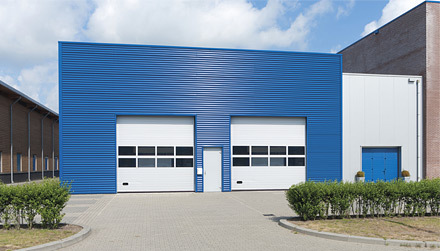
Checks for Cut Edge Corrosion
If the cladding is left to degrade too far then roof sheet replacement for these buildings could cause a lot of disruption on-site for a business and will certainly have a significant cost. So, it is vital to conduct regular audits on the condition of cladding – and not simply from afar. Rust, which is a common condition of cut edge corrosion, is a progressive problem which will not only affect the cosmetics and aesthetics of cladding, but more importantly its integrity and the building (roof’s) stability.

The longer the sheets rust and maintenance/regular checks are delayed could lead to the cladding needing to be replaced and not simply repaired.
Be sure to check around skylights, too. Cladding which has been cut away from the factory when at the installation stage, may again cause cut edge corrosion.
Reverse side corrosion and Preparation
Over the last 20 years, some cut edge corrosion systems have been routinely used on PVC plastisols, including many based on silicone technology. If the repair system used is not breathable, it is possible that condensation will have occurred on the underside of the roof sheets. Liquid can then collect just above the cut edge sealed joint detail and reflux as the sheet heats and cools from direct sunlight. There is then a possibility that corrosion can be promoted from the reverse side of the roof sheet. This is potentially impossible to treat as there is no way of accessing and preparing the sheet reverse side. Tell-tale signs are as follows:
- Existing cut edge repair is visible but rust staining is weeping from the repairs
- Corrosion blisters are seen in the sheet above the joint (usually before the first fixing above)
- In extreme cases, the sheet will be visibly corroded.
For safety’s sake, if any of the above signs are noted, then this roof area should not be approached as there is a danger of the roof sheet giving way under loading. The only options for treating this defect is either re-sheeting or removal and replacement of the bottom edge of the profile metal sheeting.
When approaching this type of work, it is important to clarify the objectives. Is the client wanting a protective treatment for the cut end corrosion – if so, use a system that doesn’t seal the joints. If the client is expecting a full waterproofing treatment, then the potential issue above needs to be referred to.
Roof Cladding Repairs and Refurbishment Solutions
The Tor solution;
- Tackling cut edge corrosion
Cut edge corrosion is where the exposed edges of factory-coated cladding become weathered and corroded after time. Timely treatment of cut edge corrosion will extend the life of your cladding system and can also stop or guard against roof leaks, hence saving on the cost of replacing the cladding.
The Unicover EdgeProtect™ system provides a cost-effective means of tackling cut edge corrosion. It seals and safeguards corroded edges and mechanical fixings to leave the roof watertight.
How the Unicover EdgeProtect™ system works:

Cut Edge Corrosion System
The mechanical fixings (A) are protected using a combination of anti-corrosive primer and our formable tape system. The overlapping edges of the existing cladding are then stripe-coated with anti-corrosive primer (B) before being encapsulated with specialist reinforcement tape (C). This is overcoated with a flexible, fibre-reinforced membrane (D). The topcoats (E) can be specified as either Unicover S (10 year performance) or Unicover Ultra S (15 year performance). Topcoat can be applied to the overall roof or limited to the area being treated. Either topcoat system can be tinted to most RAL, BS, and NCS colours. Rooflight cladding (F) can be incorporated with an application of our clear, protective Transglaze Z Clear coating.
Tor Elastascrim FTShop Now
|
Tor Unicover S
Shop Now
|
Tor Unicover Ultra S
Shop Now
|
There are two coating systems for waterproofing and refinishing factory coated metal profiled cladding, which are used in conjunction with the Unicover EdgeProtect™ system. Unicover S is a high build protective finish that offers excellent weathering properties and 10-year protection. Unicover Ultra S uses moisture-cured urethane technology to deliver exceptional 15-year performance.
Both topcoat systems can be tinted to most RAL, BS, or NCS colours and are compatible with common substrates such as PVC Plastisol and coatings which combine substrates and finishes such as silicone polyester or PVF2.
For translucent GRP cladding, normally used for natural roof lighting, our clear Transglaze Z Clear system can also be incorporated.
Tor Transglaze Z Clear
Shop Now
|
In situations where roof cladding is sound but colour is affected by fading, Unicover S or Unicover Ultra S can be applied as standalone decorative finishes. This can be particularly useful when the objective is to rejuvenate the exterior of a building due a change of ownership, to match corporate branding or to blend in damaged panels – or to simply extend the life expectancy of the cladding.
The Rust-Oleum Solution;
A 10yr warranty can be achieved (by approved applicators only) by cleaning all areas and de-rusting affected areas and ensuring removal of all loose coatings back to a firm edge. Then apply first coat of Rust-Oleum Mathys Noxyde Plus English Red or Rust-Oleum Noxyde Pegarust English Red (use Pegarust for cold weather/winter month applications) along the cut edge 100mm (4 inches) either side of the edge. Allow to dry then apply Rust-Oleum Mathys Noxyde Tape all along the edge area.
Tor Elastascrim FTShop Now
|
Tor Unicover S
Shop Now
|
Tor Unicover Ultra S
Shop Now
|
Apply a second coat of Noxyde Plus or Pegarust in the required colour along the cut edge 100mm (4 inches) either side of the edge. Tape may not be required on cut edge (gutter edge) due to the practicality of taping the edge.
Rust-Oleum Noxyde Cut Edge Corrosion System
Transparent skylights (except for polycarbonate) can be rejuvenated if required with application of clear, protective Mathys Vernac Acrylic Varnish.
After treatment of the cut edge areas, should the roof require overall decoration/protection then 2 coats of Noxyde Plus or Pegarust can be applied to total area in the desired colour providing 10 years life expectancy and up to 20 years for the Noxyde Plus depending on the spreading rate applied.
On profiled metal cladding sheets that are PVDF, PVF2, bare galvanised steel, zinc or aluminium – first apply a coat of Rust-Oleum PVDF Primer.
Tor Elastascrim FTShop Now
|
Tor Unicover S
Shop Now
|
For any information regarding options of warranty/guarantee for the products and systems discussed here, please contact our Technical Team on 0113 2455450 (option 2) or send a message to [email protected].
 Rawlins Paints Blog Industrial Paint Tips, Guidelines & DIY Articles
Rawlins Paints Blog Industrial Paint Tips, Guidelines & DIY Articles
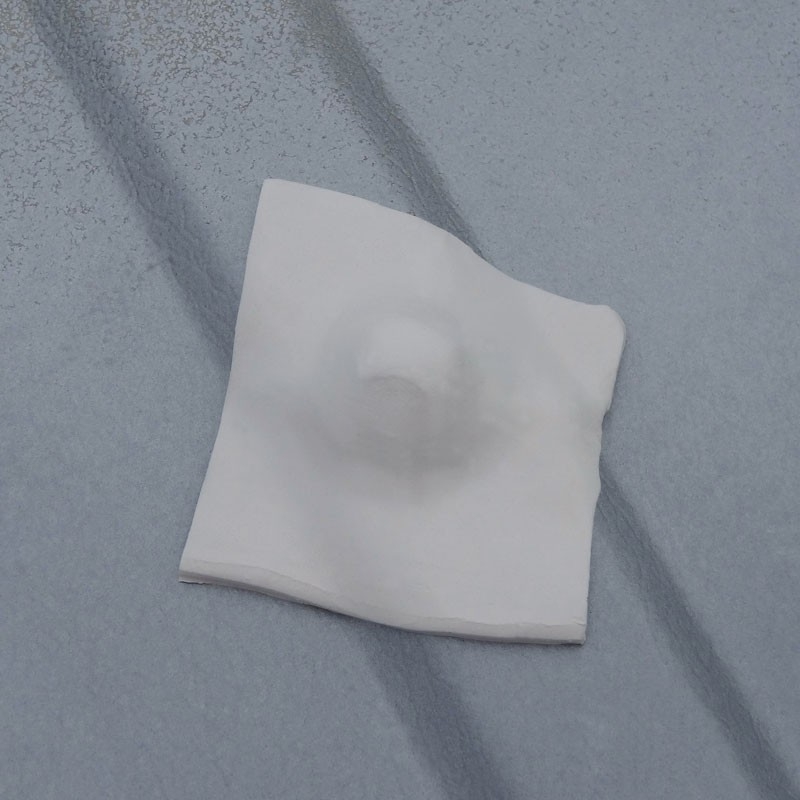
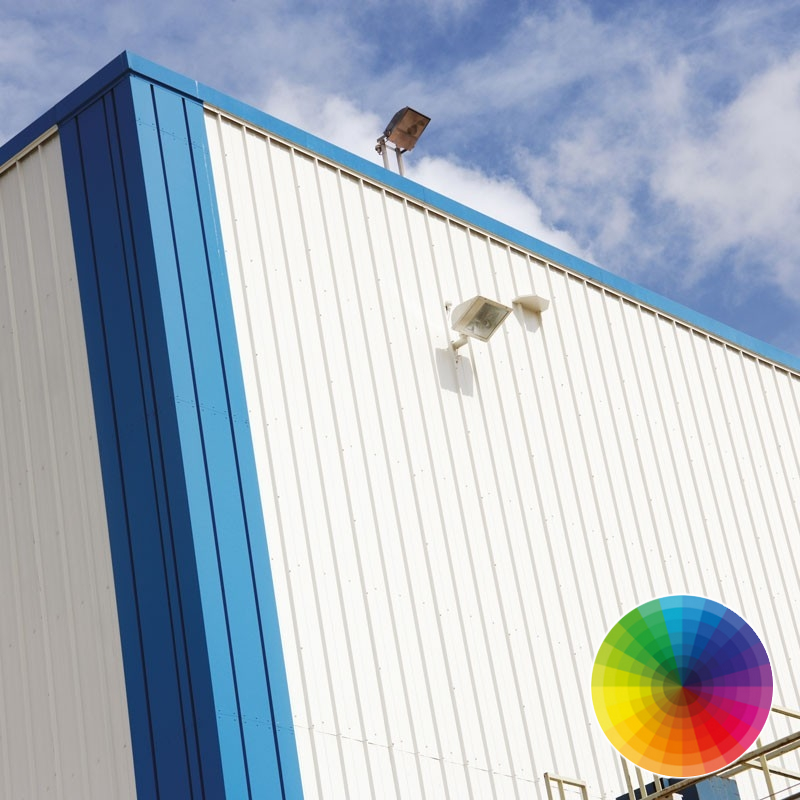

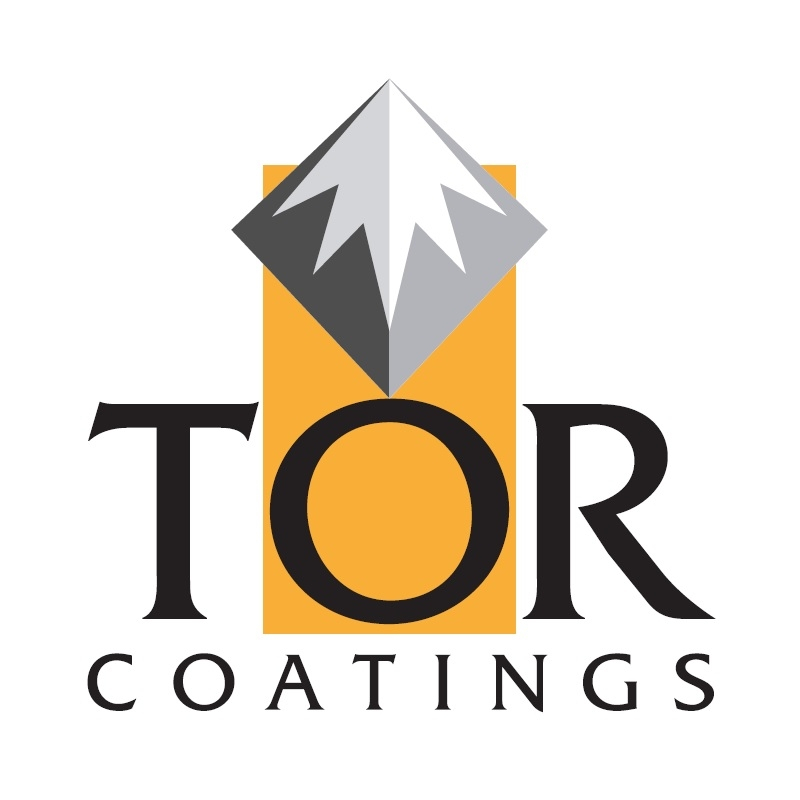


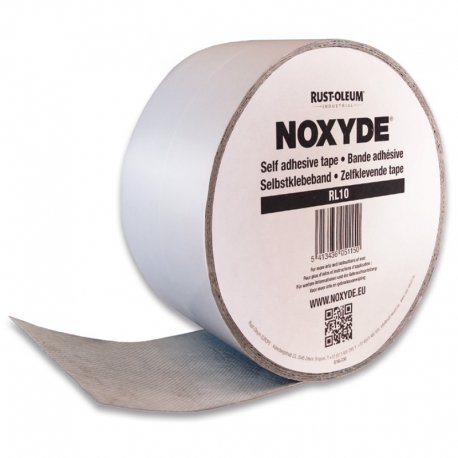


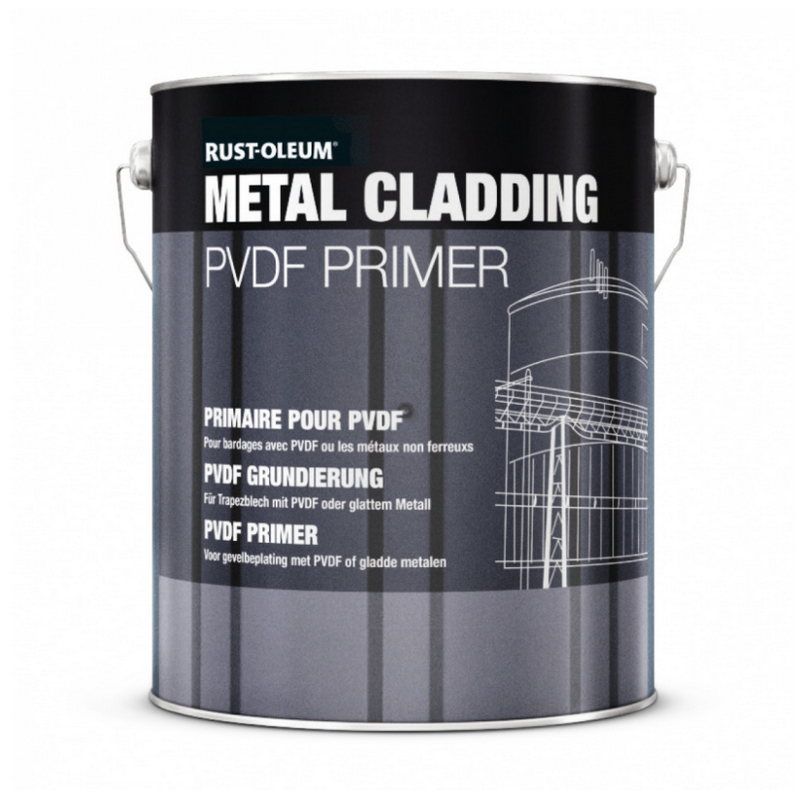
I am looking at repairing corroded cut edge cladding and relining my gutters. The linear meterage is approximately 100m for gutters and cladding. We are based in Atherton, Greater Manchester and i would like to discuss the logistics and cost of this work.
Good afternoon Ian,
We offer a number of excellent solutions for both applications, we do not provide an installation service but can provide contact details of trusted contractors if required – please contact our Technical Team on 0113 2455450 (option 2) to discuss.
Best regards.
Mark